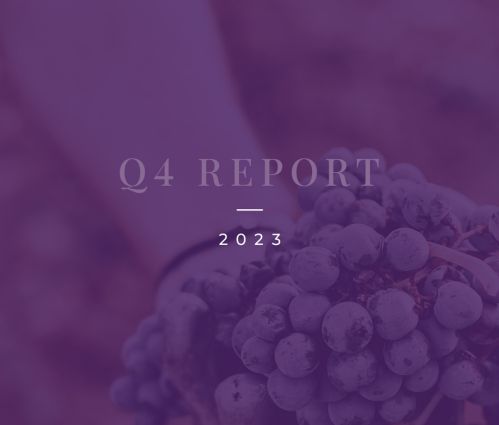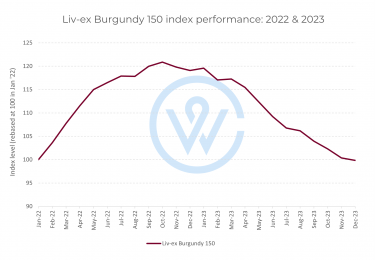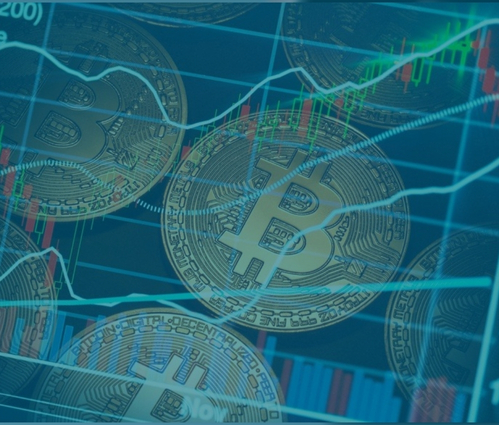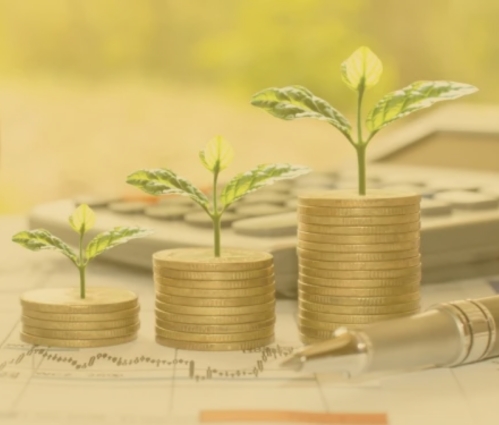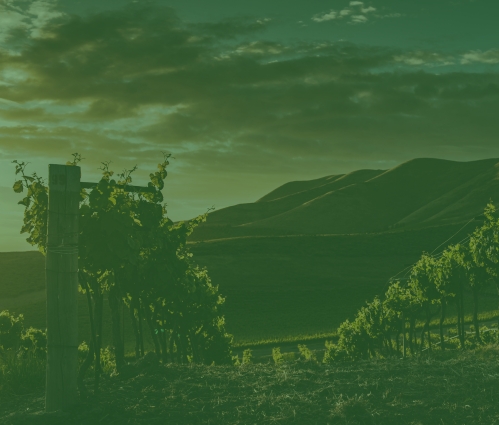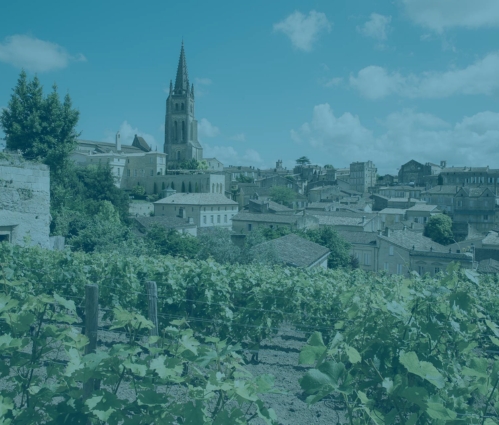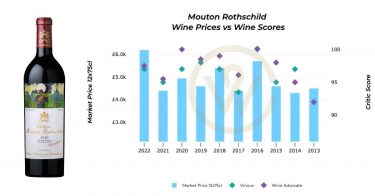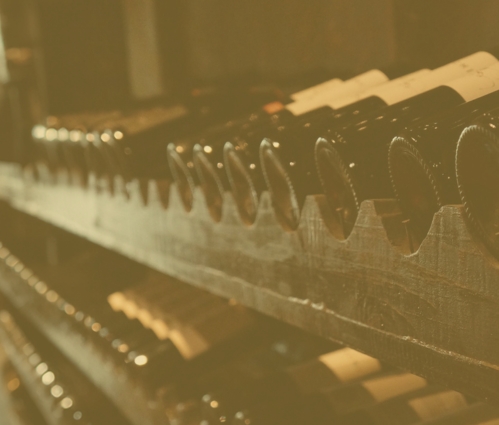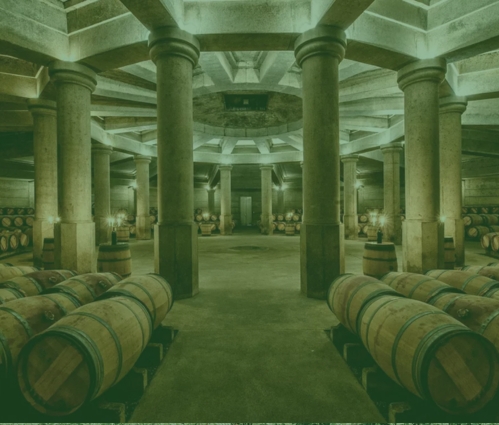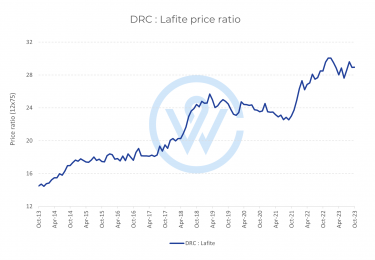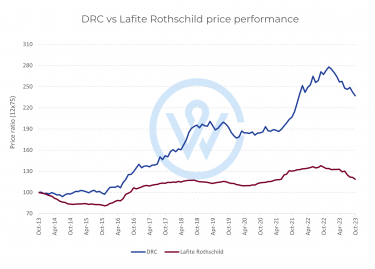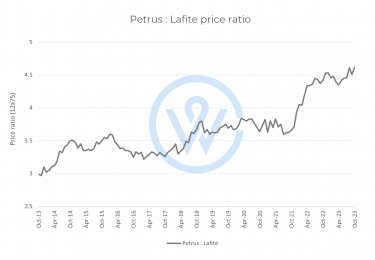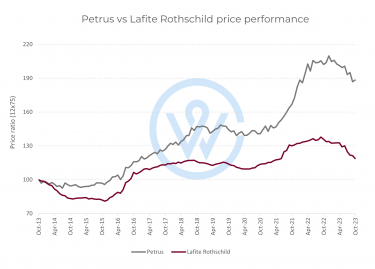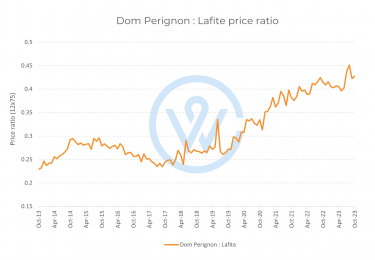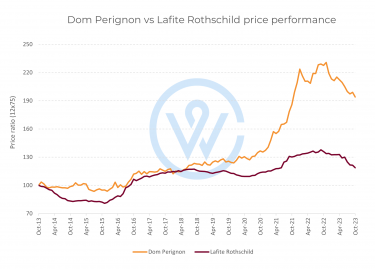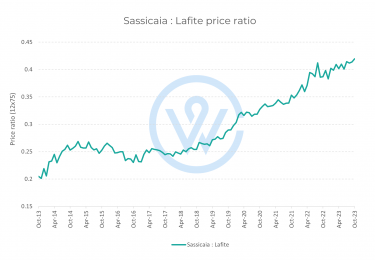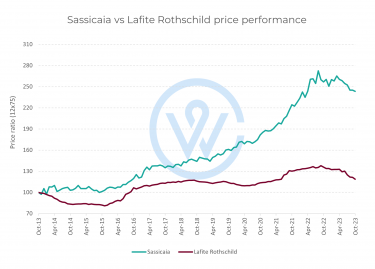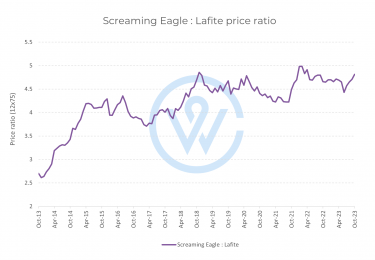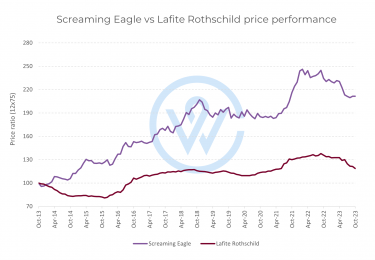- 31% of Brits are setting resolutions to organise their finances in the new year.
- One of the most talked-about investments – cryptocurrency – attracts with the potential for high returns but also carries high risk.
- Offering smoothness and stability, fine wine can balance crypto volatility.
As we welcome in the new year, 31% of Brits are setting resolutions to organise their finances. For many this will mean investing. But where should they invest? And how risky is too risky?
In this article, we dive into one of the most talked-about high-risk investments – cryptocurrency. We explore the pitfalls and what investors can do to mitigate them. We also look at how fine wine – our favourite asset – can complement volatile investments like crypto to help smooth overall performances.
11,000 cryptocurrencies… and counting
Most people are familiar with Bitcoin and Ethereum, the two most popular digital coins. However, there are nearly 11,000 cryptocurrencies, with more issued every day. Some are eye-wateringly volatile. At the time of writing, for example, KILT-USD has jumped nearly 25% in just three months. Meanwhile, others are much steadier.
StableCoins are considered the sturdiest as their market value is pegged to mainstream fiat currencies like the US dollar. This means that their worth should – in theory – be the same as the everyday money in our wallets. But the reality can be different.
StableCoins and de-pegging events
Even the most trusted StableCoins – Tether, USD Coin, Multi-Collateral Dai, Binance and USDP dollar – stray away from the dollar value from time to time, known as ‘de-pegging’.
SPGlobal identified 13 core triggers: market volatility, liquidity stress, reserve impairments, mismanagement, demand and supply imbalances, loss of investor confidence, competitor performance, design flaws, hacking, operational risk, limited adoption, regulatory uncertainty and market events can all de-peg StableCoins, leading to erratic and volatile performances.
Risk and return profile of StableCoins
StableCoins are full of promise, but they are also incredibly young. The oldest StableCoin, Tether, is just nine years old. Although regulators are scrambling to offer investors more security, they are still some way off.
Buying asset classes before they have matured presents both risks and opportunities. Higher risk opens the door for higher rewards, but when things go wrong, the fall-out can be fatal. Famously, in May 2022, Terra’s StableCoin crashed dramatically, costing investors $450+ billion. Shortly after came FTX fall, plummeting a further $200+ billion. The aftermath left thousands of investors badly out of pocket with little to no regulatory protection.
For years, regulators like the FCA have been warning investors not to invest too much in crypto, as worrying surges of people lose their entire life savings to this digital asset.
A dire need for diversification
To avoid losing everything in one sweep, investors should spread their money across assets with distinctive characteristics and revenue streams. This process, known as diversification, means the gains from some investments cancel out the loses from others.
Without personal financial advice, it is impossible to say how much of a portfolio should be invested in crypto. However, as a rule, experts have warned against investing more than 5% of wealth. Some even cap the limit at 2%.
Similarly, investors should probably limit other risky assets too. Meme stocks, commodities, derivatives or trending collectibles can all derail a portfolio if they make up more than 10%.
Pairing fine wine and crypto
Unlike digital assets, fine wine moves slowly but surely. Since the end of 2003, the performance of the top 1000 fine wines (according to the Liv-ex 1000 index) has crept little-by-little up by a whopping 315%. But since the rise is smooth and gradual, it does not feel volatile or erratic.
Month-on-month the average fine wine index value rarely changes by more than 5%. By contrast, between the 25th of September and the 25th of October alone, Bitcoin fluctuated by over 30%.
These properties could make fine wine an excellent partner for crypto assets, like StableCoin. The steadfastness of fine wine can help to slow and flatten the rollercoaster effect of crypto has on a portfolio.
Contrasting sources of value
Aside from smoothing volatility, there are other reasons why fine wine could pair well with crypto. One of the strongest is the value source.
Crypto is not backed by a real asset. Some experts argue that the energy used to create a coin is its value. But it is generally agreed that the value of crypto comes from the wider market and the potential that others see in it. So, when the market is in turmoil, prices plummet.
By contrast, fine wine gains its value intrinsically. Put simply, the premise of wine investment is that as fine wine ages, its quality improves, and prices rise. The market operates with its own dynamics based on vintage quality, scarcity and global demand. Whether it’s bullish, bearish or something else, fine wine is still treasured and sought-after.
In this respect, crypto and fine wine investments could pair beautifully. Fine wine offers smoothness and stability. Meanwhile, crypto offers investors higher risk-reward potential and quick liquidity.
Investing responsibly
StableCoins are surging in popularity. Governments, institutional investors and regulators all dipped their toes into crypto over the past months, indicating that further expansion could be around the corner.
This might lead to more growing pains and continued volatility. For those who chose to invest in this young asset, diversification is crucial. Examples of assets which are less affected by the stock market include property, gold or fine wine. We feel that the characteristics of fine wine pair especially well with crypto, helping investors to hedge against volatility risk and smoothen their overall performances.
If you would like to talk to us about investing in fine wine, we’re just a few clicks away.
